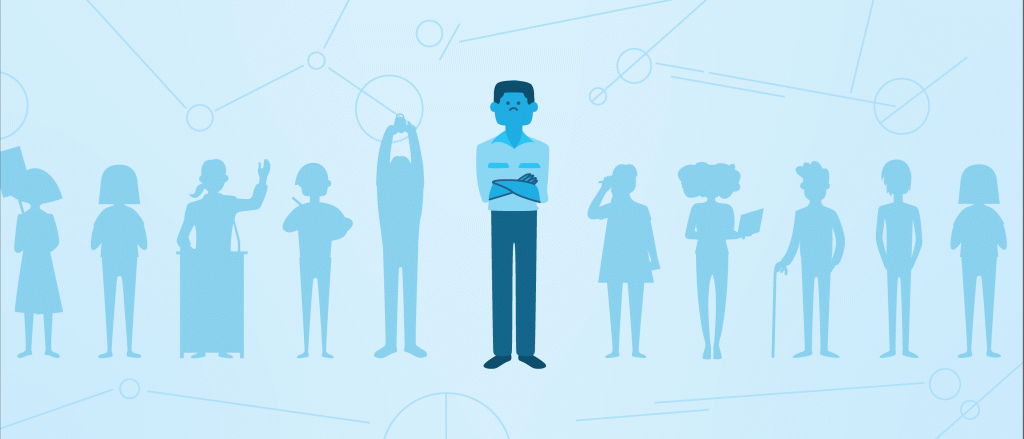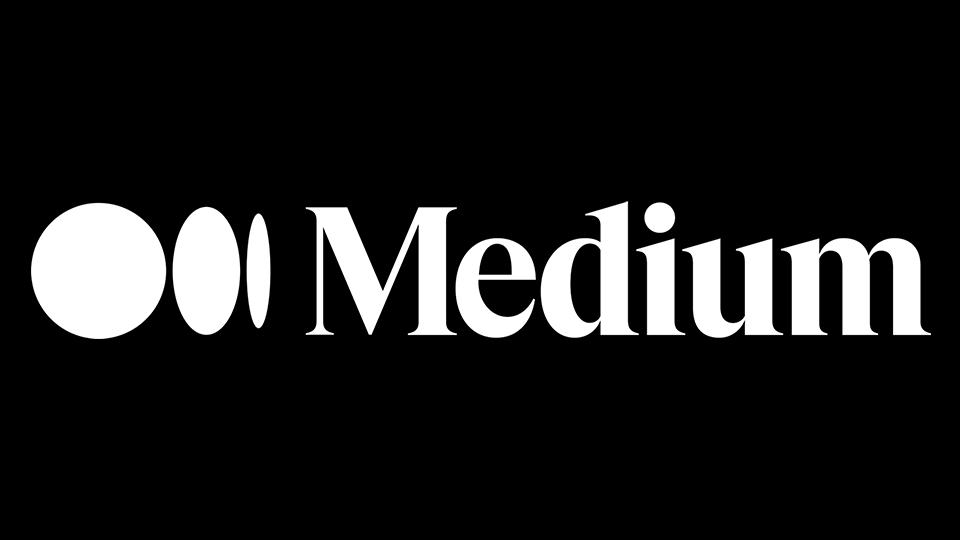Community Organizer

“There’s so much more to the story. What excites me is the opportunity to reimagine a new generation of worker power and worker organizations.”
– Sarita Gupta, Jobs with Justice co-director
Community organizers coordinate efforts to advance equity and justice in their communities. Those working at the intersection of community and tech—like future of work advocate Michelle Miller—are using activism to serve the greater public good. We also call them public interest technologists.
Public interest tech is about all of us. To thrive, it needs the talent and dedication of people, organizations, and funders.
Transcript
MICHELLE MILLER: Technology is not something that is just here to make money for a few people but instead is a tool to improve outcomes for the entire world. And we do that by demanding that platforms and companies are accountable to their users and by building the kinds of collectives that can make those demands with power and energy and momentum behind them.
[Michelle Miller, Co-founder, Coworker dot org. A white woman wearing a black dress.]
So, when we co-founded Coworker.org, Jess Kutch and I were coming from the traditional trade union movement and were both really inspired by what we saw as workers using popular technology tools like Facebook, like writing letters to Gawker, like creating microsites, or going onto Twitter forums to try and do what we saw as workplace organizing. We wanted to provide direct support to groups of employees who were working to negotiate with their employers and their companies around their working conditions. So we created very simple technology that just made it possible for workers to be able to run a campaign around a specific issue and to start to build their own digital community of like-minded co-workers. Unlike many labor advocacy organizations, we, the staff of the organization, don’t decide what’s important for workers. We don’t decide what the big campaign is for the year. We really create a place for workers to decide that themselves.
[A range of campaign issues populate as animated text on screen: living wages, holiday time off, transparent data, health care, gender pay equality, fair hours and scheduling, end sexual abuse at work, stop retaliation and harassment.]
An example of that is the proliferation of what we just call “the Dress Code Campaigns.” The Starbucks network was started by a barista who wanted the ability to have visible tattoos at work. At the time, there were a lot of folks who questioned why we would invest the energy in supporting something that seemed so minor in the face of low wages or scheduling issues, but it was important to her. And the truth was that it really resonated with her fellow co-workers. Fifteen thousand other baristas joined that campaign, and within two months they won. They had an experience of collective advocacy working, and it enabled them to think deeply about the other changes they would like to see inside their workplace. And what that campaign also did was it inspired a number of other workers at a number of other places to start their own campaigns. And it’s that kind of thinking that we want to support inside the organization.
[Coworker dot org campaigns appear on screen: a campaign calling for Papa John’s Pizza to address sexual harassment, another requesting Uber and Lyft to give drivers a voice, and Netflix to extend paid parental leave policy to all employees.]
The labor movement really needs to think of itself as public interest technologists. We need to stop thinking about technology as either something that is a wholesale threat or some kind of widget-like solution to all of our problems—but that instead it is a means through which we actually connect to the people we want to find and engage. If we make technology something that we have ownership and agency over, if we consider it something that all of us have a say in, that all of us can develop and shape—instead of just a few companies out in the South Bay—then we can start to imagine using it for the common good. We can use technology to ensure that resources go into the hands of the many, not just the few.
[This is tech at work for the public! Hashtag Public Interest Tech. Ford Foundation dot org forward slash tech. Ford Foundation logo: a globe made up of a series of small, varied circles.]
Accessibility Statement
- All videos produced by the Ford Foundation since 2020 include captions and downloadable transcripts. For videos where visuals require additional understanding, we offer audio-described versions.
- We are continuing to make videos produced prior to 2020 accessible.
- Videos from third-party sources (those not produced by the Ford Foundation) may not have captions, accessible transcripts, or audio descriptions.
- To improve accessibility beyond our site, we’ve created a free video accessibility WordPress plug-in.
“If we make technology something that we have ownership and agency over – if we consider it something that all of us have a say in, then we can start to imagine using it for the common good.”
– Michelle Miller, Co-founder, Coworker.org
Standing up for your beliefs and rights as a worker can be risky. Imagine having access to a tool that enables you to rally the voices of other employees who share your concerns.
More Stories
 Wacomka/iStock
Wacomka/iStock

